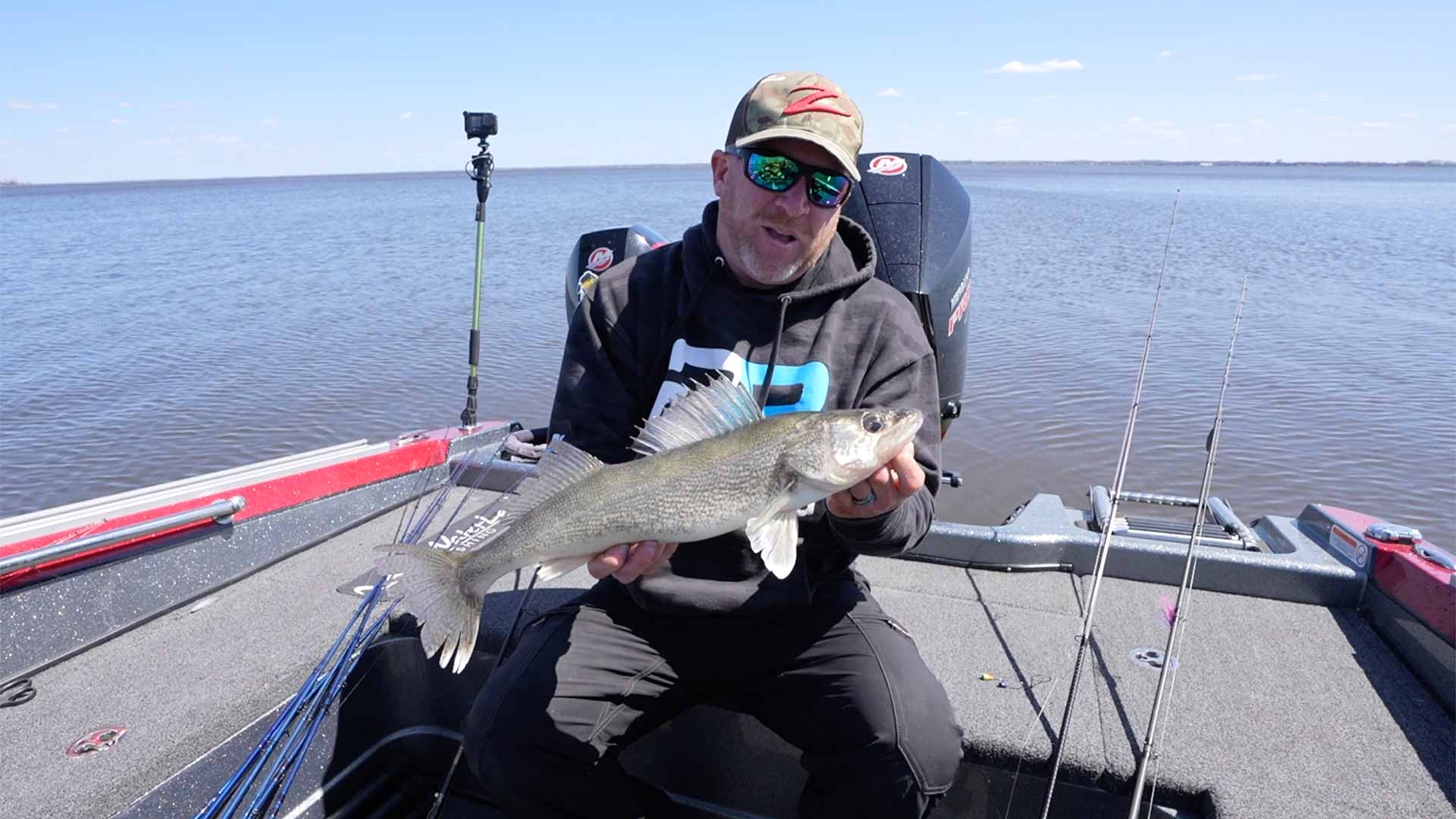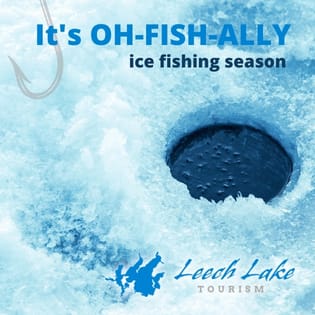Unstable spring weather slows crappie movement into the back ends of shallow bays. Cast small lures to locate wary fish lingering in deeper weed or wood cover at or near the mouths of bays.
Crappies Adjacent to Spring Feeding Areas
Every year, Dave and I eagerly anticipate the arrival of spring. Just like millions of other anglers, we can’t wait to hit the water and chase crappies. Yes, you heard it right – crappies. It’s time to put away the walleye rods, bass rods, and steelhead gear, and focus on these fun and challenging fish. Not to mention, they’re delicious too. Mary has even requested that we bring some crappies home tonight, so the pressure is on.
Dave and I have been fortunate enough to fish in some of the best crappie lakes across North America. We’ve traveled far and wide, exploring both well-known and lesser-known spots. It’s been a blessing to learn from some of the best crappie fishermen out there.
When it comes to crappie fishing, there are various techniques and strategies. Most anglers will tell you that the fish are either in the shallow cover or they’re not there yet. It’s a matter of finding where the fish are and figuring out what they’re biting on. The reports we’ve received have been a bit inconsistent, which means we’ll have to do some searching to locate the fish.
Our first stop is to gas up the boat and grab some snacks. We also check out the latest fishing intel from the local library. So far, the reports haven’t been promising, but that won’t deter us. Even if the fish aren’t biting, we’re determined to make the most of our time on the water.
As we head to the launch, we keep in mind that the crappie bite hasn’t started yet according to the locals. However, we decide to do a quick visual scan of shallow reed beds where pre-spawn crappies tend to gather. Unfortunately, we don’t see many fish, which indicates that the crappies are still hanging out in the deeper waters, waiting for the right time to move in and feed.
Next, we start scouting and probing the likely deep weed areas. It’s crucial to find the fish before we can catch them. It’s like hunting for food in the caveman days, except we have modern tools like graphite rods, fully rigged boat electronics, and a wide range of lure options. We’re definitely not roughing it out there.
The key is to get that first bite. Crappies are known to school together, so once we catch one, there’s a good chance there are more nearby. And just like that, I feel a bite. It’s a nice crappie, a good start to our fishing trip. It’s a beautiful fish, and it took the baited grub with ease. Mary will be pleased with this catch.
We continue fishing, keeping in mind that we’ll keep the smaller ones and release the larger ones. It’s important to maintain a healthy population of crappies in the lake. We’re determined to catch enough for Mary’s request, but we also want to practice responsible fishing.
Crappies are a popular target for anglers because of their schooling behavior. Once you find one, there’s a good chance you’ll find more in the same area. This makes for an exciting and productive fishing experience. As we continue our search, we remain hopeful that we’ll come across a school of crappies.
After some time, I feel another bite. It’s another crappie, and it’s a decent size. We’re starting to get into a rhythm now, finding the right spots and using the right techniques to entice the crappies to bite. It’s a satisfying feeling when all the pieces come together.
Throughout our fishing trip, we make sure to take note of the conditions and the techniques that are working for us. This information will be valuable for future trips and for sharing with other anglers. It’s always helpful to learn from each other and exchange tips and tricks.
As the day goes on, we continue to catch more crappies. Some are smaller, while others are larger. We keep the smaller ones and release the larger ones, as we want to ensure the sustainability of the crappie population. It’s important to strike a balance between enjoying the sport of fishing and preserving the natural resources.
By the end of the day, we have a decent haul of crappies. It’s been a successful fishing trip, despite the initial uncertainty of the crappie bite. We’re grateful for the opportunity to spend time on the water and enjoy the beauty of nature. And of course, we’re excited to bring home some fresh crappies for Mary.
In conclusion, crappie fishing can be both challenging and rewarding. It requires patience, skill, and a bit of luck. But with the right techniques and a willingness to adapt, you can have a great time on the water and come home with a delicious catch.










